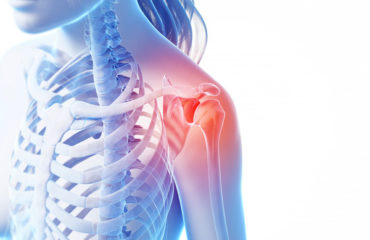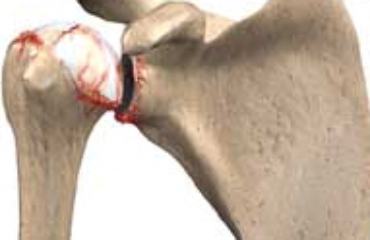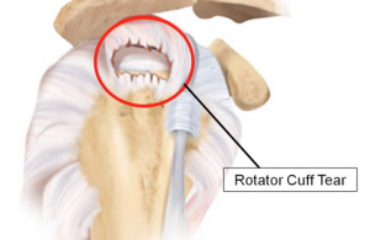A SLAP tear refers to a superior labrum anterior to posterior tear. In layman’s terms this means that the labral cartilage in the shoulder has been injured or  torn. The labrum is a ring of tissue that surrounds the shoulder socket. This tissue is firm to help keep the shoulder bone sitting in the socket properly. When the labral tissue is torn it can limit your ability to move your shoulder properly. This may require treatment to return the shoulder to normal as the cartilage does not have great blood supply for healing.
torn. The labrum is a ring of tissue that surrounds the shoulder socket. This tissue is firm to help keep the shoulder bone sitting in the socket properly. When the labral tissue is torn it can limit your ability to move your shoulder properly. This may require treatment to return the shoulder to normal as the cartilage does not have great blood supply for healing.
Symptoms of a SLAP Tear
Those that have suffered a SLAP tear will notice an aching pain in the shoulder, though they often have a difficult time pinpointing exactly where in the shoulder this pain is stemming from. The descriptions of this pain may also vary. It will often become worse as the patient tries to throw something or move your arm up over your head. Your shoulder may make a clicking or popping noise when you move it or it may catch during rotation. The shoulder may also feel unstable or weak.
Causes of SLAP Tears
SLAP tears specifically refer to an injury that tears or frays the labrum. This can be caused by a fall where you land on your shoulder, falling with your arm outstretched, suddenly lifting an object or attempting to lift an object that is too heavy for you to manage.
If you brace yourself during heavy impact such as what you would experience during a car accident you may experience a SLAP tear. The most common cause, though, is repetitive overhead throwing such as with baseball pitchers. Those that perform overhead activities at a constant rate such as professional athletes are also at a higher risk of developing a SLAP tear.
Diagnosing a SLAP Tear
There are a variety of injuries that can affect the shoulder and present similar symptoms so it can be difficult to diagnose a SLAP tear. SLAP tears are also  fairly uncommon, which can limit your Phoenix orthopedic surgeons ability to diagnose it initially. Your sports medicine doctor may need to perform a series of tests, moving the shoulder joint in a variety of positions to see what type of movements cause you discomfort. This can help narrow down which tissues have been affected by the injury.
fairly uncommon, which can limit your Phoenix orthopedic surgeons ability to diagnose it initially. Your sports medicine doctor may need to perform a series of tests, moving the shoulder joint in a variety of positions to see what type of movements cause you discomfort. This can help narrow down which tissues have been affected by the injury.
An MRI can also be used to determine if your labium has been torn. This may be combined with a dye test known as an MRI arthrogram to help your doctor see the area of your shoulder that has been damaged. However, the only way to fully determine that you are suffering from a SLAP tear is to undergo arthoscopic surgery.
Arthroscopic surgery allows your Phoenix shoulder specialist to make small incisions around your shoulder, allowing them to view each of the tissues involved in the function of this joint. A camera will be placed inside a thin tube so it can be inserted into each of these incisions. This will allow your doctor to get a clear picture of the damage to evaluate how to treat conditions such as a SLAP tear. If the damage is minor, your doctor may repair a SLAP tear during arthroscopic surgery.



